Freaks (1932)
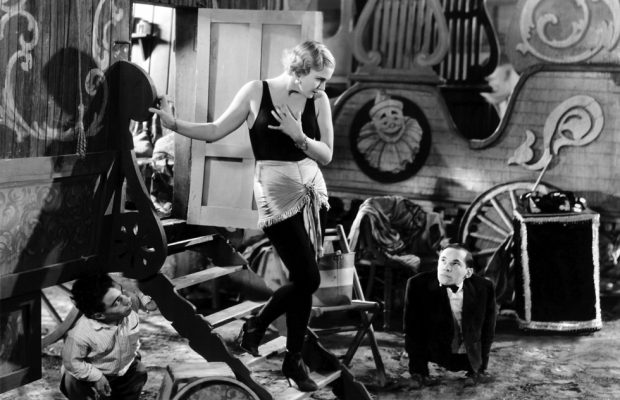
Toronto Film Society presented Freaks (1932) on Sunday, October 28, 2018 in a double bill with Island of Lost Souls as part of the Season 71 Sunday Afternoon Special Screening #4.
Production Company: Metro-Goldwyn-Mayer. Producers: Tod Browning, Harry Rapf, Irving Thalberg. Director: Tod Browning. Screenplay: Willis Goldbeck, Leon Gordon, suggested by the story by Tod Robbins, “Spurs”. Cinematography: Merritt B. Gerstad. Film Editing: Basil Wrangell. Release Date: February 20, 1932.
Cast: Wallace Ford (Phroso), Leila Hyams (Venus), Olga Baclanova (Cleopatra), Roscoe Ates (Roscoe), Henry Victor (Hercules), Harry Earles (Hans), Daisy Earles (Frieda), Daisy & Violet Hilton (Siamese Twins), Schlitze (Himself), Josephine Joseph (Half Woman/Half Man), Johnny Eck (Half Boy), Frances O’Connor (Armless Girl), Peter Robinson (Human Skeleton), Olga Roderick (Bearded Lady), Koo Koo (Herself), Prince Randian (The Living Torso).
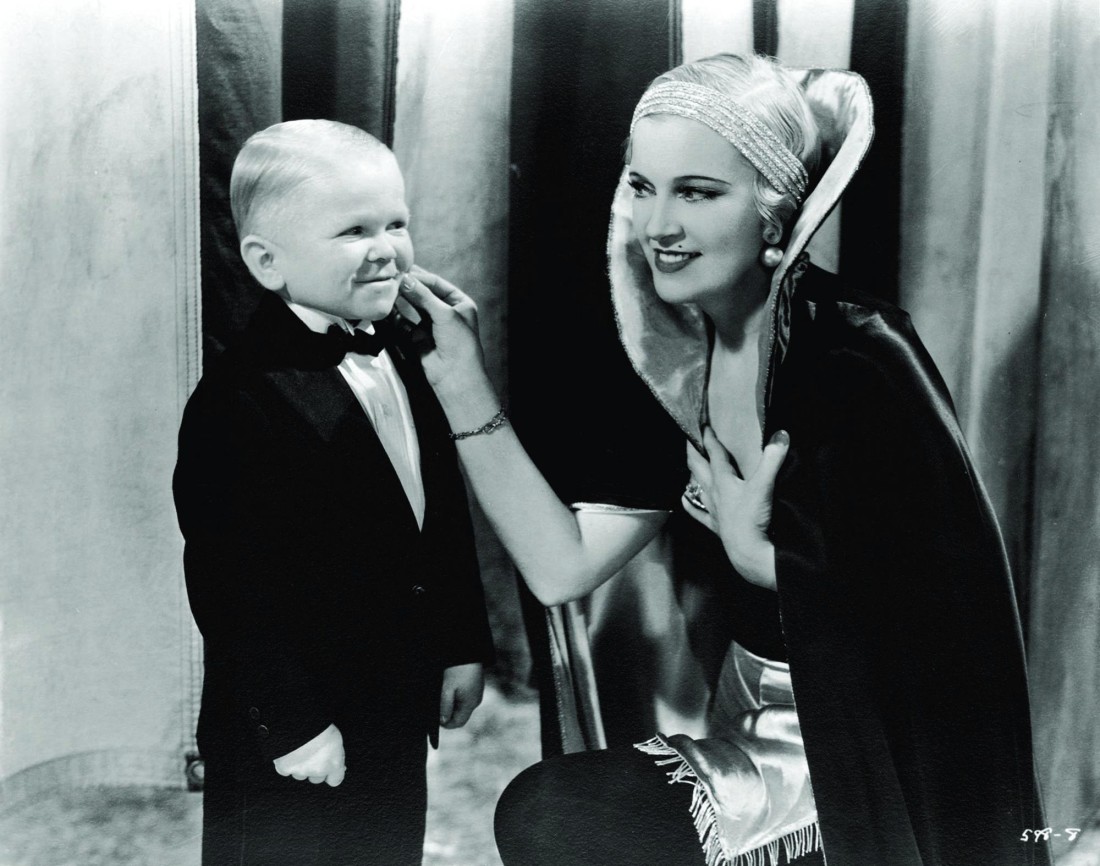
Film historian Carlos Clarens noted, “That Freaks was made at all is extraordinary. That it was made at MGM, the glamour factory, seems hard to believe. It appears that Irving Thalberg backed Browning against mass opposition.” It also appeared, along with Tod Browning, that Thalberg also had a special interest in disabilities. Although Thalberg wasn’t physically disabled, this interest could be due to the fact that he had his own health frailties. But to dispel any thoughts that “normal” people wanted to take advantage of “abnormal” people, the original source of this Tod Robbins story “Spurs” on which the film was based, was brought to Browning’s attention by one of the major stars of the film, Harry Earles, who played Hans, one of the little people.
Interesting, with today’s sensibilities, that this was considered a horror film. It has some horror elements, but not in the obvious sense. The horror, like the last film, lies in the treatment of others while the retribution of that treatment can be considered a horrible, possibly justifiable, consequence.
We can’t help noticing people who are different than the norm but, in the end, we still have to find the humanity in them. And when people have some physical differences, whether that’s being someone missing limbs to people who are incredibly tall to someone who has a magnificent voice, these differences can be used to bring attention to the individual, rather than a reason to shun them.
Ivan Butler, in his book Horror in the Cinema, writes that critics have noted that the film attempts to “normalize” the freaks by showing them engaged in everyday activities—hanging up the washing, lighting cigarettes, having conversations—never in their show acts, as spectacles. Such readings extract from this the obvious message that “the normal are the monsters, and the freaks are normal”. Browning has turned the popular convention of horror topsy-turvy. It is the ordinary, the apparently normal, the beautiful which horrify—the monstrous and distorted which compel our respect, our sympathy, ultimately our affection. The visible beauty conceals the unseen evil, the visible horror is the real goodness. But Freaks goes further, says author Bernd Herzogenrath. Not only are they like us (our self-image), but we are like them (our image of the other). It is in fact this undecidable oscillation that makes Freaks a truly uncanny work of art.
It has often been pointed out that Browning’s use of real freaks instead of make-up and the contortionist-like stunts of “able-bodied” actors like Lon Chaney made for its uneasy reception. Yet the Freak Show, the Dime Museum, PT Barnum’s American Museum showing deformed people, had been a continuous presence in the life of nineteenth-century America. The cinema can, in fact, be seen as having developed out of fairground attractions, circuses and sideshows—many of the early cinema people were, like Browning, associated with the fairground. What was truly shocking was not the cast, but the moral and amoral implications of the movie’s message. States Hobermann and Rosenbaum in their book Midnight Movies, “On a political level, Freaks is asking Depression audiences to identify not with the Beautiful people…but with the sideshow mutations, a total underclass. As a reflection of the time, it’s almost revolutionary. But Depression audiences were not prepared for this kind of thing.” Instead of giving a reassuring categorization of us and them, as the live sideshows had still done, Freaks showed that, somehow, the very distinction between us and them does not hold, since both are two sides of the same coin.
Harry Earles’s real name was Kurt Schneider. He moved from Germany to the US sometime during WW1. He and Daisy, who plays his fiancée Frieda in the film, were actually brother and sister, and along with two other performing sisters, Tiny and Gracie, they were known as the Doll Family.
I like to crochet and when I learned that armless Martha Morris, along with sharp shooting, could crochet with her feet, I was more than impressed. She’s way out of my league, since never mind shooting straight with a gun which is not one of my hobbies, and although I know how repetitive the stitches are and how precise the count has to be when needlework is involved, I can’t imagine having to do that kind of stitching with my feet. And as you will probably be able to tell from today’s film, Martha was said to be a well-adjusted person who loved to have fun and had a great attitude about herself.
Believe it or not, Myrna Loy was MGM’s first choice as Cleopatra but was “horrified by the script” and turned the role down. Jean Harlow was first suggested to play Venus the animal trainer, and Victor McLaglen was suggested as Hercules. I can see the latter two in those roles, but somehow I can’t imagine Myrna Loy as Cleopatra, although I must say she did play her fair share of bad women before she became the perfect wife.
Dwain Esper, the director of half a dozen exploitative films made in the 1930s, tacked on a preamble to Freaks when he re-released the film as producer. This preamble led the viewers to believe, mistakenly, that it was a position statement by Browning himself, instead of a distributor’s cynical attempt to position the film with a moralistic, educational defense.
There were additional endings eliminated from the film. The one that showed Hercules, who had become emasculated, singing in a high tenor voice, while Cleopatra squawks along beside him disturbed audiences so much that it was forever eliminated from the film. The final ending, which was also eliminated but now restored, showed Hans living alone—mind you, he still had servants—not wanting to see his old friends for the shame he felt for doing something immoral. His ex-fiancée, Frieda, is given dialogue that hopes to emphasize that he was always more ethical than his cronies. This was cut down to showing the two of them reuniting, minus any dialogue. Eventually, this was completely cut as well. The entire film was trimmed down because the censors, not surprisingly, ended up asking for many changes, cutting the film down by 30 minutes.
So thank you, and whether you find it disturbing or not, I hope you enjoy the film.
Sourced from The Films of Tod Browning edited by Bernd Herzogenrath
Introduction by Caren Feldman
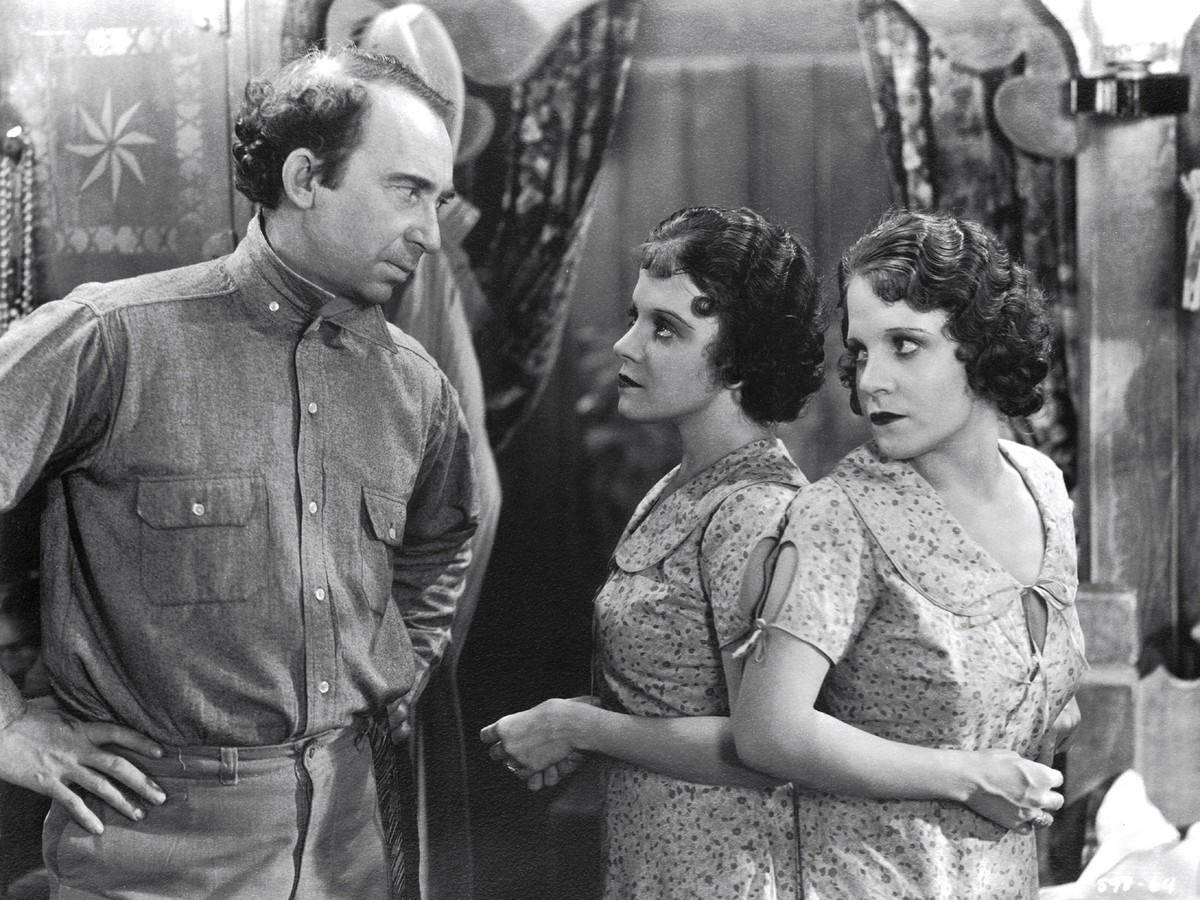
Cutting his teeth on the travelling carnival circuit, the vaudeville stage, and as a screen actor for fellow Kentuckian D.W. Griffith’s Biograph Company, Tod Browning’s zig-zagged, bourbon-fueled journey (complete with one casualty—in 1915, rising actor Elmer Booth was killed in the passenger seat when Browning drunkenly slammed his car into a moving train) is appropriately brooding and picturesque in becoming the frontiersman of the American horror film. “Where every director, save Stroheim, breathes wholesomeness, out-of-door freshness, and the healthiness of the clean-limbed, Tod Browning revels in murkiness”, wrote Richard Watts, Jr. in a 1927 newspaper article. Watts continued, “His cinematic mind is a creeping torture chamber, a place of darkness, deviousness, and death”. Watts, obviously an admirer, dubbed the director “The First Diabolist of the Cinema” years before he had crafted his masterwork, Freaks. By the time of its release in the Winter of 1932, Browning had mined most of his background in the fairgrounds for stories of sham séances (The Mystic); sideshows and their spielers (The Show); knife-throwing acts (The Unknown); and “Living Corpse” routines (Dracula), but had yet to traverse down to the darkest corner of the fairway, the freakshow.
Lon Chaney could do a remarkable facsimile of a crippled person, but for Freaks, Browning employed people with actual disabilities: dwarfism; microcephaly (commonly known as “pinhead”); progeria (rapid aging); and hermaphroditism. Featured players Prince Randian (“The Human Torso”) and Johnny Eck (“The Amazing Half-Boy”) likewise lived with viscerally shocking disabilities. That this melodrama examines the insular society of the “freak” without flinching or bleeding-heart moralizing is, depending on one’s outlook, either a testament to Browning’s allegiance to the marginalized or a projection of his cold-blooded sadism. The truth, as usual, is probably somewhere in between. In his autobiography, screenwriter Budd Schulberg, a Malibu neighbour of Browning’s, associated the director’s “glee” in collaborating with freaks to his sightings of the director sitting front-row at marathon dances, cheering as the contestants “kept fainting and occasionally throwing up from exhaustion”. Film editor Basil Wrangell later described Browning’s temperament in extremely harsh terms and commented on his relationship with the freaks: “It titillated his amusement; I think he got a bang out of seeing these crippled characters”. By most available accounts, the freaks relished their time in Tinseltown, even adopting de rigueur outsized egos. Johnny Eck remembers a respectful director who allowed him rides on the camera dolly. On the decidedly non-Satanic side of the ledger, upon his death, Browning willed ten grand each to hospitals for crippled children in Louisville and Los Angeles.
The reaction to Freaks among critics and theatre owners was generally apoplectic. They failed to see any trace of humanism in the picture and singled out the film as a representative of Hollywood’s brazen disregard for community standards. The practice of block booking was in full swing in 1932, meaning that if theatres wanted to ensure they got a studio’s most lucrative title, they would be forced to book upwards of four dozen other films. To exhibit Greta Garbo in Grand Hotel, the theatre would have Freaks with Koo Koo, “The Bird Girl” forced upon them. Before the trade journal Harrison’s Reports could see the film, they published a letter from someone who had: “Freaks is so loathsome that I am nauseated thinking about it. …It is not fit to be shown anywhere.” They devised a plan to deal with the pestilent movie:
“Book the picture on a Monday, or Tuesday, or on any other slow week day. Announce that on that day your theatre will remain closed because you are unwilling to become an instrument of demoralization among the people of your community by showing such a picture. Show the picture on that night to invited guests consisting of the most prominent persons of your town—ministers, priests, rabbis, the Chief of Police, Mayor, alderman, bankers, to the officers of your Chamber of Commerce, and to the heads of all civic and fraternal organizations. After they see the picture, make a speech to them, or have a good speaker make it for you, pointing out the kind of pictures they are producing at Hollywood and are forcing you to show, requesting them to communicate with your Senator at the once demanding that he fight for the enactment of the Brookhart Bill into a law.” [Named after Senator Smith W. Brookhart, a “fervent dry” temperance advocate from Iowa, this legislation was aimed squarely at block booking. It wasn’t until the 1938 antitrust legislation against Hollywood that this practice was abolished. Of course, by this time, the enforcement of the Production Code had been curtailing the violent and salacious elements for several years.]
While most films become cultural relics, Freaks, like Prince Randian scooting his torso along the ground, has improbable perseverance and remains both shocking and fascinating. Horror novelist Chelsea Quinn Yarbro writes of the endless revivals of this 86-year-old film: “…The images and the metaphors are so rich that, even now, …it captures the audience and gives something of value. It also asks something of the audience. A response is required. It isn’t safe. It is filled with unknown quantities. Like all good art, Freaks is dangerous”.
Sources: Hughes, Elinor, “Tod Browning Can Now Retire” (1932, February 20), Boston Herald; Schulberg, Budd, Moving Pictures: Memoirs of a Hollywood Prince, Great Britain: Souvenir Press, 1981; Skal, David J., Elias Savada, Dark Carnival: The Secret World of Tod Browning, Hollywood’s Master of the Macabre, New York: Anchor Books, 1995; Various articles available online in Harrison’s Reports, 1932; Watts, Jr., Richard, “A Glance at Tod Browning, an Original of the Cinema” (1927, March 20), New York Herald-Tribune; Yarbro, Chelsea Quinn, “On Freaks” Cut! Horror Writers on Horror Film, New York: Berkley Books, 1992
Notes by Adam Williams

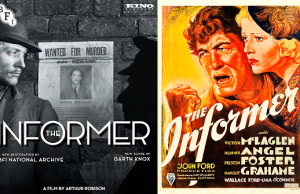
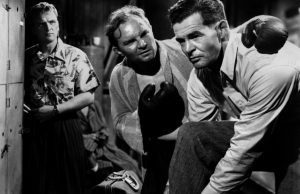
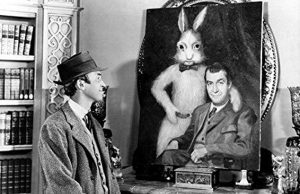






Leave a Reply